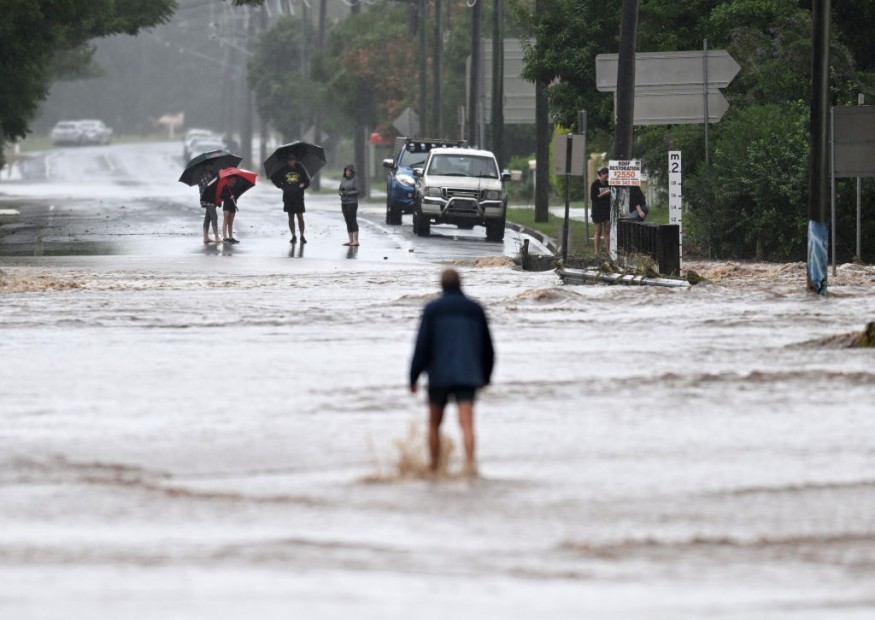Flood evacuations have been issued by local authorities to Queensland residents, as raging floodwaters due to heavy rain has drenched the state in recent days.
Several areas, including the outback community of Burketown, experienced such measure which prompted dozens of residents to flee from their homes. Australia weather forecasts predicted the flooding could peak by the end of the weekend.
The Queensland flooding occurs over a month after the "once in a century" floods in Northern Territory in January and the multi-year La Nina weather event over the past two years. In early 2022, similar weather phenomenon ravaged Eastern Australia, leading to widespread evacuations and disruption, notably in Queensland and New South Wales, wherein bodies of water like rivers overflowed.
Queensland Flood Evacuations

Flood alerts were in effect on Saturday, March 11, for large parts of Queensland, as well as severe storm warnings amid heavy rainfall and potential flash flooding in many parts, including the Gulf Country, Reuters reported.
In Burketown, flooding exceeded the record of March 2011 of 6.87 meters after the inclement weather system last week dumped up to 293 millimeters of rain on Thursday and Friday, March 9 and March 10, Australia's Bureau of Meteorology (BoM) stated, as cited by Reuters.
Across the state, emergency services evacuated residents from low-lying areas, as record flooding was reported in the region's northwestern part. Local police on Saturday said 53 residents in the Gulf Country town of Burketown were evacuated. The town is located approximately 2,115 kilometers (1,314 miles) northwest of the state capital city of Brisbane.
La Nina Weather Event
During La Nina events, trade winds are stronger than normal, pushing additional warm water toward Asian. Meanwhile, it has a cooling effect in the waters off the west coast of the Americas, increasing upwelling, carrying cold, and water rich in nutrient to the surface, the National Oceanic and Atmospheric Administration (NOAA) stated.
In addition, the cold waters in the Pacific Ocean push the jet stream northward. This process led to drought in the southern US and heavy rain and flooding in the country's Pacific Northwest and Canada. Furthermore, it can be seen during a La Nina year that winter temperatures are warmer than normal in the South and cooler than average in the North, the NOAA explains.
2022 Eastern Australia Flooding
Some meteorologists have linked the La Nina phenomenon to the widespread, prolonged torrential rain in Eastern Australia in 2022.
From late February to early April, the Australian region suffered from three intense weather systems which brought to record-breaking rainfall and flooding. This is according to the Center for Disaster Philanthropy (CDP), which said that southern Queensland and northern New South Wales received over a year's worth of rainfall within just a week, making it Queensland's worst flooding since 2011.
Last year's heavy rain forced thousands of people to flee their homes due to flood evacuations. Business establishments and other sectors were also affected, as floodwaters swept through populated areas.
© 2026 NatureWorldNews.com All rights reserved. Do not reproduce without permission.





